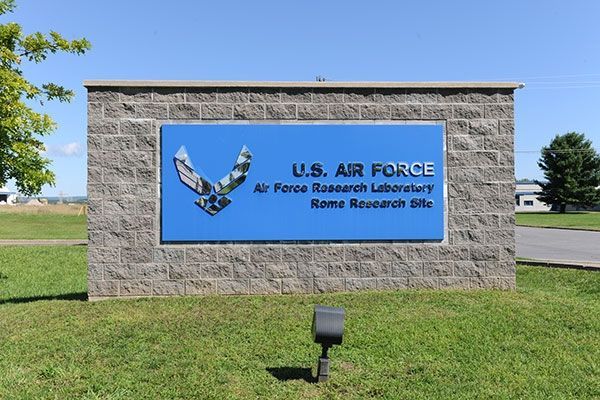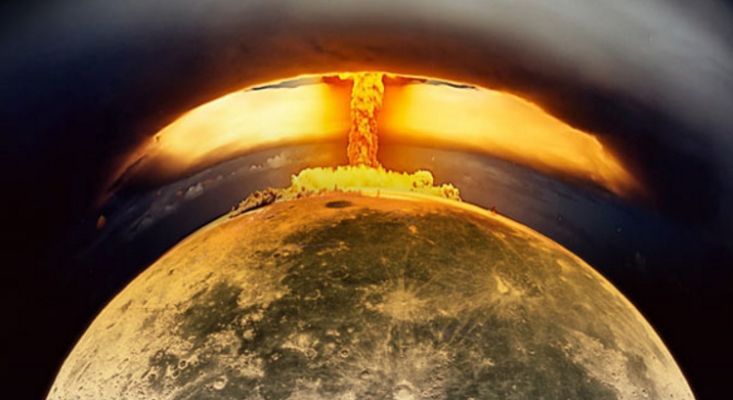Article by Joseph Trevithick and Tyler Rogoway June 26, 2020 (thedrive.com)
• In 2019, reports emerged from US Navy pilots of UFO encounters off the East Coast and in the Middle East. (see previous ExoArticles here and here) Since then The War Zone website has collected Navy and Air Force incident reports through Freedom of Information Act requests. In this article, The War Zone has compiled 25 reports obtained through FOIA from the Air Force Safety Center.
• The UFO issue, especially involving US military aircraft, was thrust back into the public spotlight in June when the Senate Select Committee on Intelligence demanded a full accounting of matters pertaining to UFOs from the Pentagon and the US Intelligence Community. (see previous ExoArticle here) The incident reports listed below may be among the information provided to the Senate Committee.
• Only the November 1, 2017 report involves a combat jet and only the April 21, 2015 report involves ‘tactical aircraft’, which The War Zone considers “extremely odd”. Fighter jets and tactical aircraft have the most capable radars and other sensors to spot and track small, unidentified objects. Additional reports may be getting passed through separate or even classified systems, outside the normal reporting channels for military aviation safety incidents. The Black Vault received a number of internal Air Force Emails via FOIA related to this topic, including one that said, “Currently the Air Force is not working any specific guidelines for reporting UAPs.”
• The 25 reports show the steady rise of lower-end drone activity – an increasing issue for commercial air operations. Regulators around the world, including the Federal Aviation Administration, have struggled to develop rules and guidelines that are practical and enforceable. This underscores the fact that small drones present real safety concerns to U.S. military activities at home, as well as abroad. The proliferation of cheap but capable drone technology enables non-state actors, in addition to the military forces of nation-states, to increasingly employ unmanned aircraft for surveillance and actual kinetic attacks on and off the battlefield. This is a threat that the DoD was astonishingly too incurious to recognize.
• #1 June 17, 2014: 27th Special Operations Wing – The 27th Special Operations Wing at Cannon Air Force Base in New Mexico reported an unidentified fixed-wing aircraft flying under Visual Flight Rules intruding into the nearby R5104 range area between 11:04 and 11:22am. Communications could not be established with the aircraft.
• #2 July 2, 2014: 58th Special Operations Wing – An “unidentified helicopter” flew under the two aircraft at a distance of between 100 and 300 feet near Sorocco, New Mexico. The HC-130P’s crew first spotted a bright light near the aircraft. An accompanying HH-60G crew also saw it. The light grew brighter, blinding the pilots using night-vision goggles. No communication was established with the unidentified helicopter.
• #3 July 24, 2014: 317th Airlift Group – A C-130J Hercules airlift had a near-collision with an unidentified light fixed-wing aircraft approximately eight miles to the south of Joint Base Lewis-McChord in Washington State, during a training mission.
• #4 November 21, 2014: 121st Aerial Refueling Wing – A KC-135R tanker was given notice of a potential hazard from its Traffic Collision Avoidance System while climbing away from Wilmington Airpark near Wilmington, Ohio.
• #5 February 7, 2015: 45th Space Wing – An HC-130 Combat King combat search and rescue and tanker aircraft had an encounter with what was described as “a possible remote control aircraft” with a “flashing red light”. Personnel at Patrick Air Force Base tower spotted the remote control aircraft and contacted the Brevard Country Sheriff’s Office to investigate along with the Air Force Security Forces Squadron at Patrick. They found no further evidence of the object, which had been flying an estimated 900 to 1,000 feet in the air.
• #6 April 21, 2015: 379th Air Expeditionary Wing – A KC-135R tanker at Al Udeid Air Base in Qatar visually saw an “unidentified aircraft” while conducting an aerial refueling mission over Afghanistan near Kandahar, but the object did not appear on radar with the tanker plane or air traffic control.
• #7 May 15, 2015: 100th Aerial Refueling Wing – A KC-135R Stratotanker had several near collisions with an unidentified aircraft while on approach to its home base of RAF Mildenhall, UK. When the tanker descended to 2,600 feet as part of their approach, air traffic controllers warned them about another aircraft directly below them. The crew climbed to 3,600 feet to avoid the craft. The crew never visually saw the other aircraft or received any radio calls from another plane warning of a potential collision.
• #8 May 21, 2015: 452nd Air Mobility Wing – A C-17A Globemaster III airlifter had a near-collision with an “unidentified remotely piloted aircraft” while on approach to March Air Reserve Base in California. The pilot said that the flying object came within 15 feet of the aircraft, passing it above and to the left.
• #9 July 25, 2015: 129th Rescue Wing – An MC-130P Combat Shadow search and rescue tanker aircraft had to take evasive action to avoid hitting an unidentified object during a nighttime training mission near Niagara Falls International Airport in New York State. While on approach to the airport, the pilot saw through their night-vision goggles an “object [that] appeared to be illuminated by a single external light” and that looked to “be accelerating from left to right” in front of them. The pilot took evasive action and passed directly over the object.
• #10 August 13, 2015: 452nd Air Mobility Wing – A KC-135R tanker suffered a near collision with what the crew described as a “quad-copter-type drone” 100 feet below the craft while flying a pattern around March Air Reserve Base in California. It continued on in the opposite direction from the KC-135R and “disappeared from sight.”
• #11 January 15, 2016: 45th Space Wing Wing – An American detachment at RAF Ascension Island, a territory of the United Kingdom in the South Atlantic Ocean, reported seeing an “unauthorized personal drone” at two separate locations. The RAF pilots did not see the drone nor did it interfere with their landing, but the 45th Space Wing described the incident as having a “high accident potential.”
• #12 April 21, 2016: 193rd Special Operations Wing – An EC-130J(SJ) aircraft had a near collision with a small drone flying at around 4,000 feet while in contact with aircraft controllers at Philadelphia International Airport. The crew initially thought they saw a bird, until they saw a flashing red light pass 3 feet above the left wing.
• #13 January 25, 2017: 27th Special Operations Wing – An unidentified private fixed-wing aircraft flying at around 10,000 feet intruded into restricted airspace near Cannon Air Force Base in New Mexico at 4:10pm. Cannon’s Radar Approach Control lost the signal from the aircraft’s transponder by 4:37.
• #14 June 9, 2017: 12th Flying Training Wing – A T-6A Texan II trainer had a near collision with a “red unmanned aerial system” while flying south of the Mobile Bay Bridge in Alabama. “The UAS was spotted approximately one half to one wingtip away from the EA [Event Aircraft] and was co-altitude.”
• #15 November 1, 2017: 48th Fighter Wing – An F-15E Strike performed evasive maneuvers to avoid colliding with an “unidentified flying object” while flying near its home base at RAF Lakenheath in the United Kingdom. “The object passed over the right side of the aircraft with an estimated minimal separation of 100 feet.”
• #16 January 20, 2018: 47th Flying Training Wing – A T-1 Jayhawk training jet reported a near-collision with an “unidentifiable unmanned drone” while on approach to Phoenix Sky Harbor Airport in Arizona, 4.2 miles from the airport’s runway. The aircraft was flying at 1,300 feet and flew right under the drone. Both pilots identified it as a UAV due to the fact it was hovering, and they saw a small white steady light emanating as they passed underneath it.
• #17 February 7, 2018: 71st Flying Training Wing – A T-38C Talon jet trainer had a near collision with a drone while on approach to Vance Air Force Base in Oklahoma, coming within 300 feet of the jet trainer.
• #18 February 5, 2018: 325th Fighter Wing – The pilot of a transient US Navy T-6A Texan II aircraft was on approach to Tyndall Air Force Base at 1000 feet when they spotted an unmanned aircraft 1,200 feet off his left wing. The pilot “noticed sun glint off of metal, this is when he realized the black object was not a bird and that it was moving to the southeast.”
• #19 March 26, 2018: 45th Space Wing – The pilot of a civilian helicopter flying near Patrick Air Force Base in Florida “had a model airplane come within about 100 feet.” All the other major details about this incident are redacted, but it appears to have led to the issuance of a formal Notice to Airmen (NOTAM) regarding the potentially hazardous situation.
• #20 September 10, 2018: 86th Airlift Wing – A C-130Js had a near collision with an unidentified unmanned aerial vehicle while flying near Ramstein Air Base in Germany. The report describes the drone as “spherical with an approximated 6 feet diameter top mounted rotor.”
• #21 March 6, 2019: 12th Flying Training Wing – A T-1 Jayhawk training jet reported seeing “a quad copter or non-traditional aircraft” that was “silver in color” while flying in Mississippi on a low-level training flight. “The UAS was stationary or near stationary” and was seen within one nautical mile of the T-1 hovering at around 1,500 feet.
• #22 March 13, 2019: 445th Airlift Wing – A C-17A Globemaster III airlifter had to take evasive action to avoid a small drone during a training sortie on March 13, 2019. The aircraft was flying at approximately 3,500 feet over Ohio. “The pilot flying (PF) observed a white sUAS [small unmanned aerial system] with either brown or black accents or propellers just below the [Aircraft]…. within 50 feet.”
• #23 March 21, 2019: 552nd Air Control Wing – An E-3B Sentry flying at 3,000 feet reported that a “DJI style quad-copter/unmanned aerial system” passed by the aircraft approximately 20 feet below its number four engine. The crew also told air traffic controllers at Oklahoma City Approach that “they came close to one.”
• #24 July 25, 2019: 445th Airlift Wing – A C-17A Globemaster III airlifter, when departing RAF Lakenheath in the United Kingdom, “visually acquired an orange colored small unmanned aerial system as it passed approximately 50′ below the left wing” after climbing out to an altitude of 7,500 feet. “
• #25 September 9, 2019: 109th Airlift Wing – An LC-130H Hercules airlifter reported a near-miss with a quad-copter-type drone while conducting a proficiency flight around Albany International Airport. During a climb out at 1,100 feet, the crew spotted the drone, yellow in color, approximately 300 feet away laterally and between 100 and 200 feet below.
 Last year, reports emerged about Navy fighter pilots having numerous encounters with unidentified flying objects while flying in restricted airspace off the East Coast of the United States. Details remain limited, though The War Zone has been steadily collecting more and more information that could help explain many of those incidents. At the same time, curiously, there haven’t been virtually any revelations about similar encounters with other U.S. military services’ flying branches, especially the Air Force, which is the entity primarily responsible for safeguarding America’s airspace.
Last year, reports emerged about Navy fighter pilots having numerous encounters with unidentified flying objects while flying in restricted airspace off the East Coast of the United States. Details remain limited, though The War Zone has been steadily collecting more and more information that could help explain many of those incidents. At the same time, curiously, there haven’t been virtually any revelations about similar encounters with other U.S. military services’ flying branches, especially the Air Force, which is the entity primarily responsible for safeguarding America’s airspace.
In May, The War Zone was first to publish details from a number of hazard reports from the Naval Safety Center, obtained via the Freedom of Information Act (FOIA). regarding interactions between that service’s aircraft and unknown aerial craft that offered an additional look into what might be happening, why, and how these encounters were or weren’t getting reported. We can now share information from 25 similar reports obtained through the FOIA from the Air Force Safety Center.
This whole issue, especially regarding U.S. military aircraft encountering unidentified objects when flying over or near the United States proper, was thrust back into the public consciousness just this week. The Senate Select Committee on Intelligence said that it was looking to get a full accounting of the issue from the U.S. Intelligence Community and the Pentagon. As part of a report accompanying the latest draft of the Senate version Intelligence Authorization Act for Fiscal Year 2021, the Committee members included language asking for a detailed review of exactly what information about these kinds of incidents exists now, how new data is getting collected, how this is all shared within the federal government, and what threats these aerial objects might pose, including whether they might reflect technological breakthroughs by potential adversaries. These Air Force reports, as well as the previously disclosed ones that the Navy has on file, could easily be among the information that the Intelligence Community and the Department of Defense might end up compiling for Senators to review.
The 25 reports that The War Zone obtained, which cover various types of incidents around the world and come from the Air Force Safety Automated System (AFSAS) database, came in response to a request that asked for copies of “any flight incident, hazard, or similar reports that the Air Force Safety Center received during the calendar years 2013 to 2019 that deal with encounters that any Air Force aircraft had anywhere in the world with any unidentified aerial objects.”
This date range was meant to capture a snapshot of similar experiences that the Air Force might have been having around when Navy pilots said they saw a spike in the number of encounters with unidentified aerial phenomena, or UAP, more commonly known as unidentified flying objects, or UFOs, off the East Coast of the United States through the end of the most recent complete calendar year.
Personal identifying information is redacted throughout the Air Force reports. “Safety investigation boards’ Findings, Evaluations, Analyses, Conclusions, and Recommendations are exempt from disclosure,” the Air Force Safety Center also said in a letter accompanying the release, citing various Air Force and Department of Defense regulations, as well as relevant FOIA case law, which you can read in full, with certain personal information redacted by us, here.
“All other privileged portions of the report have been withheld according to established laws,” the letter added. “Unfortunately, some pages are virtually illegible due to the quality of the microfilm record and our capability to reproduce it.”
READ ENTIRE ARTICLE
FAIR USE NOTICE: This page contains copyrighted material the use of which has not been specifically authorized by the copyright owner. ExoNews.org distributes this material for the purpose of news reporting, educational research, comment and criticism, constituting Fair Use under 17 U.S.C § 107. Please contact the Editor at ExoNews with any copyright issue.






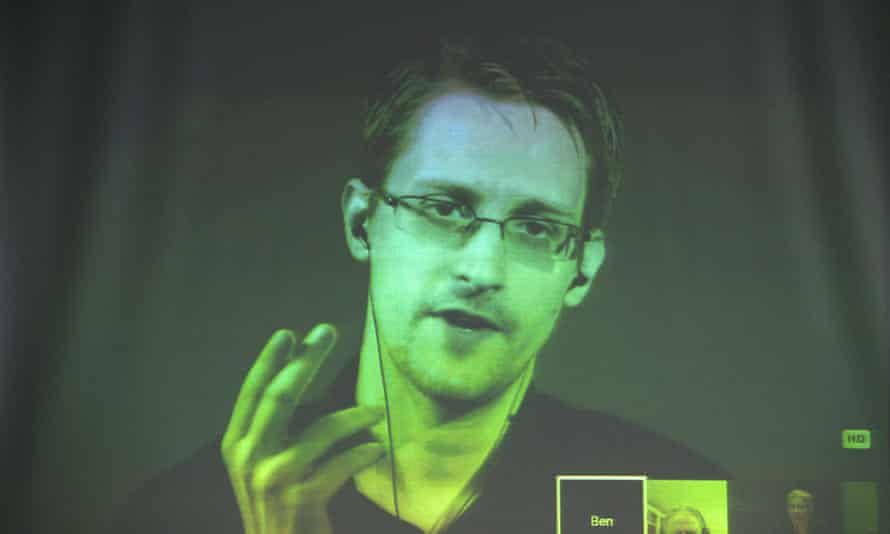
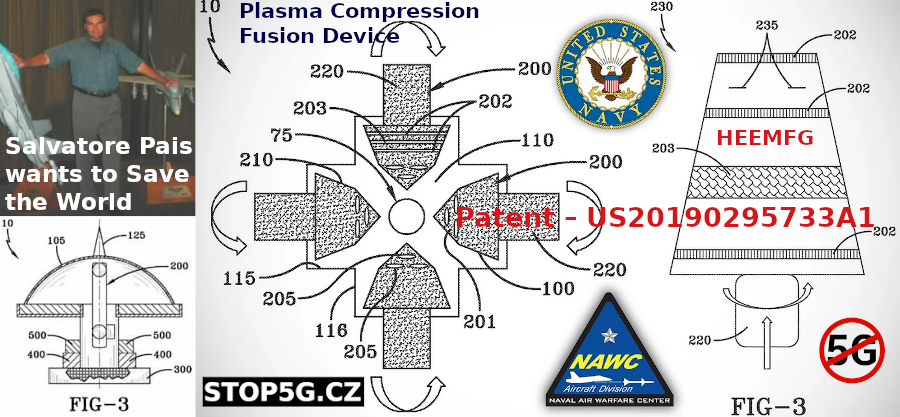
 After reporting on the bizarre saga of the Navy’s “UFO” patents by Dr. Salvatore Pais for over a year and a half, The War Zone has finally
After reporting on the bizarre saga of the Navy’s “UFO” patents by Dr. Salvatore Pais for over a year and a half, The War Zone has finally
 Timothy Boulay, Communications Director at NAWCAD, confirmed several points to The War Zone by email:
Timothy Boulay, Communications Director at NAWCAD, confirmed several points to The War Zone by email:
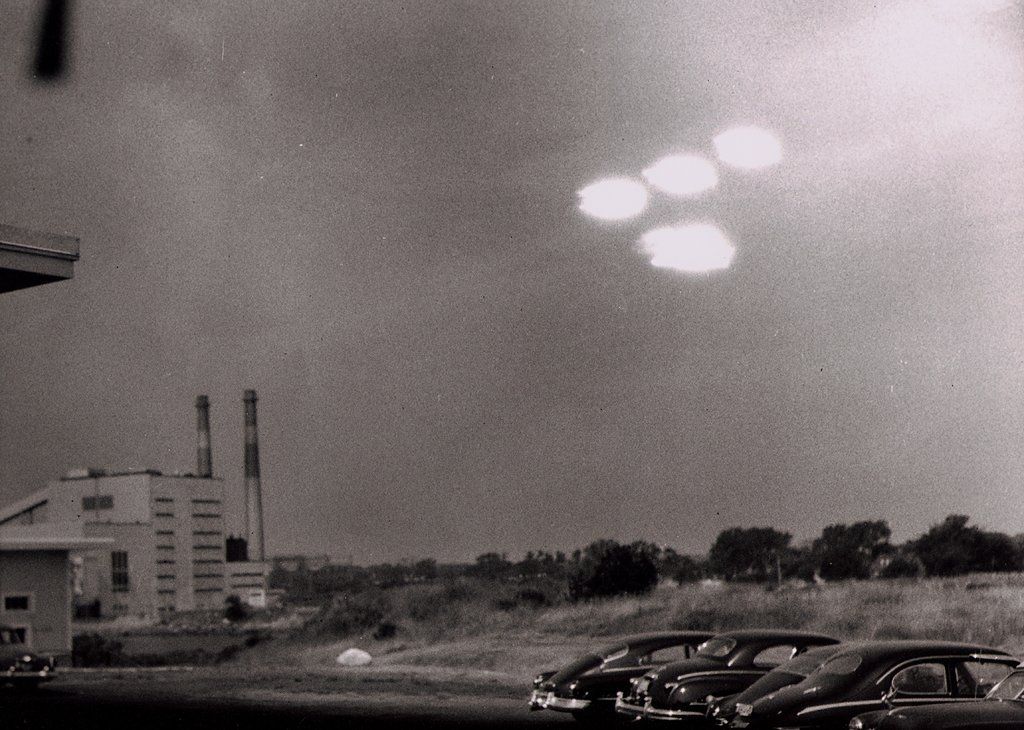




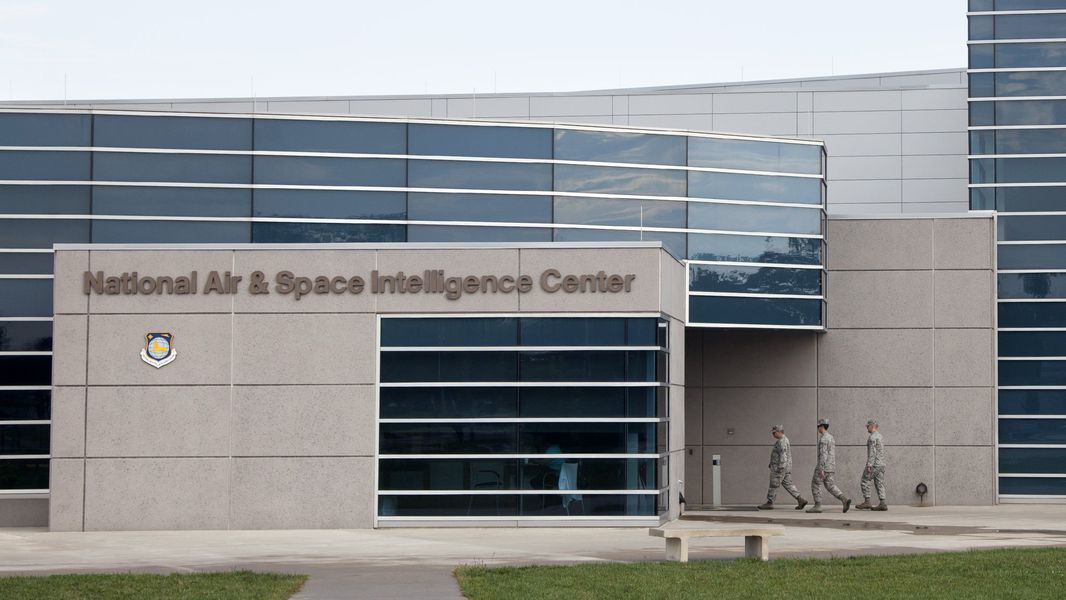


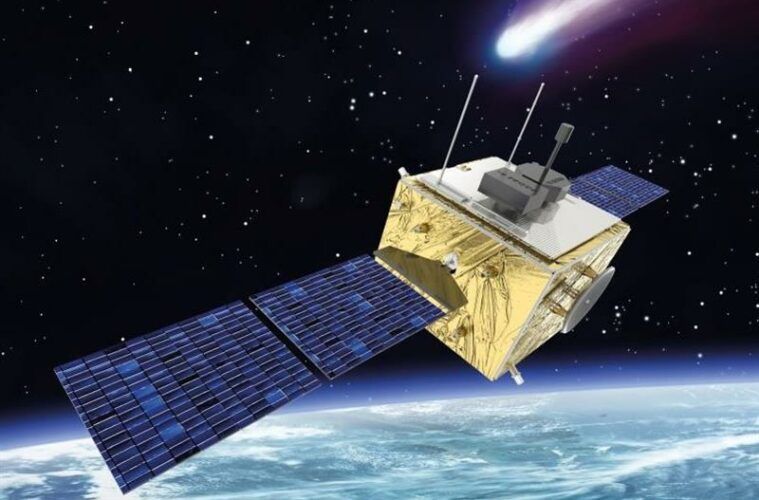
 Beaming solar power from outer space sounds like a Marvel movie plot, but space could remove barriers
Beaming solar power from outer space sounds like a Marvel movie plot, but space could remove barriers to solar acceptance that dominate the Earthbound discourse.
to solar acceptance that dominate the Earthbound discourse.










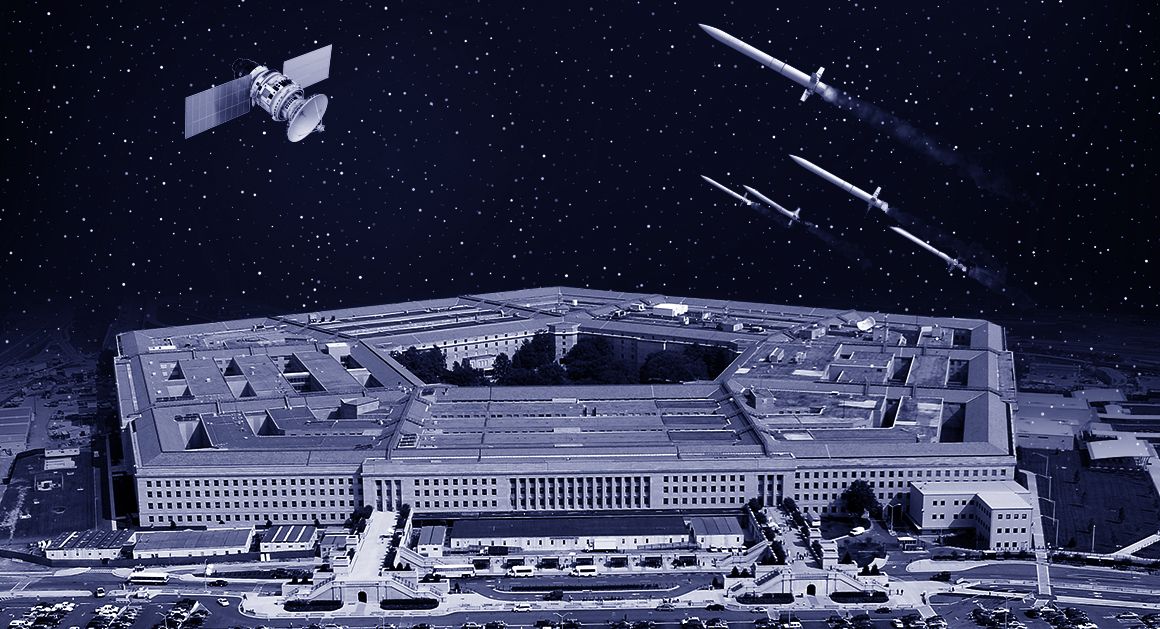





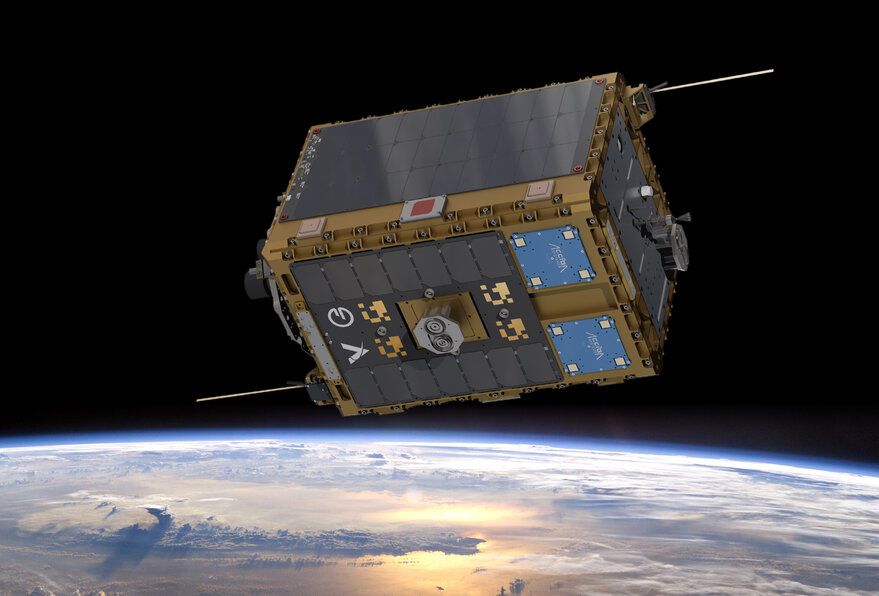

 company’s first operational fuel depot to orbit. Tanker 001 Tenzing, which will provide fuel for the fast growing in-orbit servicing industry, is expected to launch aboard a SpaceX Falcon 9 no earlier than in June 2021.
company’s first operational fuel depot to orbit. Tanker 001 Tenzing, which will provide fuel for the fast growing in-orbit servicing industry, is expected to launch aboard a SpaceX Falcon 9 no earlier than in June 2021.
 is one of several payloads to launch on a Spaceflight Sherpa orbital transfer vehicle, which is capable of executing multiple deployments. Spaceflight’s first OTV, Sherpa-FX, is scheduled to debut no earlier than December 2020 on a SpaceX rideshare mission and provides independent and detailed deployment telemetry, and flexible interfaces, all at a low cost.
is one of several payloads to launch on a Spaceflight Sherpa orbital transfer vehicle, which is capable of executing multiple deployments. Spaceflight’s first OTV, Sherpa-FX, is scheduled to debut no earlier than December 2020 on a SpaceX rideshare mission and provides independent and detailed deployment telemetry, and flexible interfaces, all at a low cost.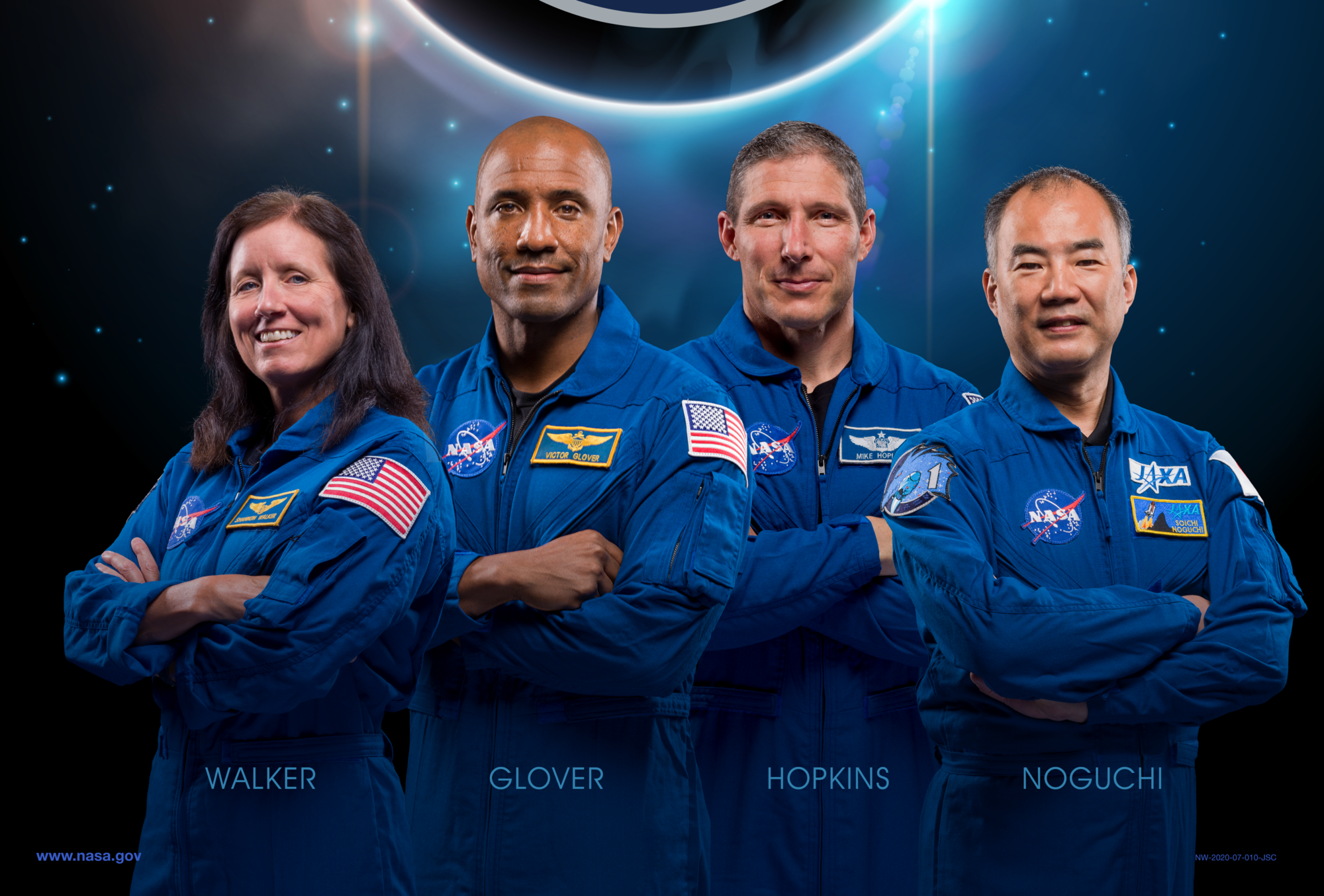


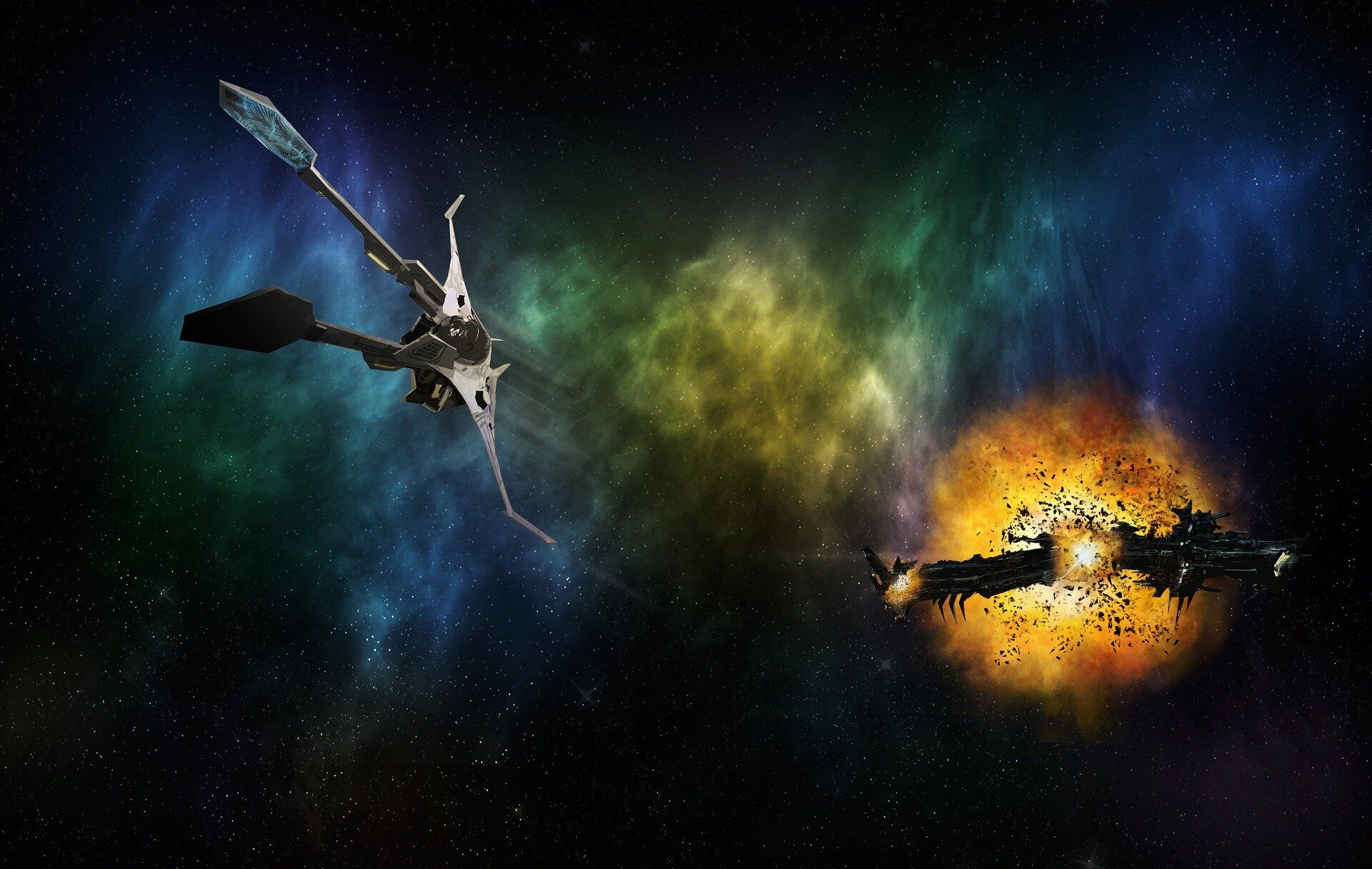



 and three other nations have demonstrated the ability to destroy orbiting satellites — Russia, China, and, most recently, India, with a test in March last year. Officials from the U.S. Air Force and the U.S. Space Force have largely confined themselves to talking about building the resilience and redundancy of U.S. space assets and protecting them from enemy attacks, such as ASATs.
and three other nations have demonstrated the ability to destroy orbiting satellites — Russia, China, and, most recently, India, with a test in March last year. Officials from the U.S. Air Force and the U.S. Space Force have largely confined themselves to talking about building the resilience and redundancy of U.S. space assets and protecting them from enemy attacks, such as ASATs.

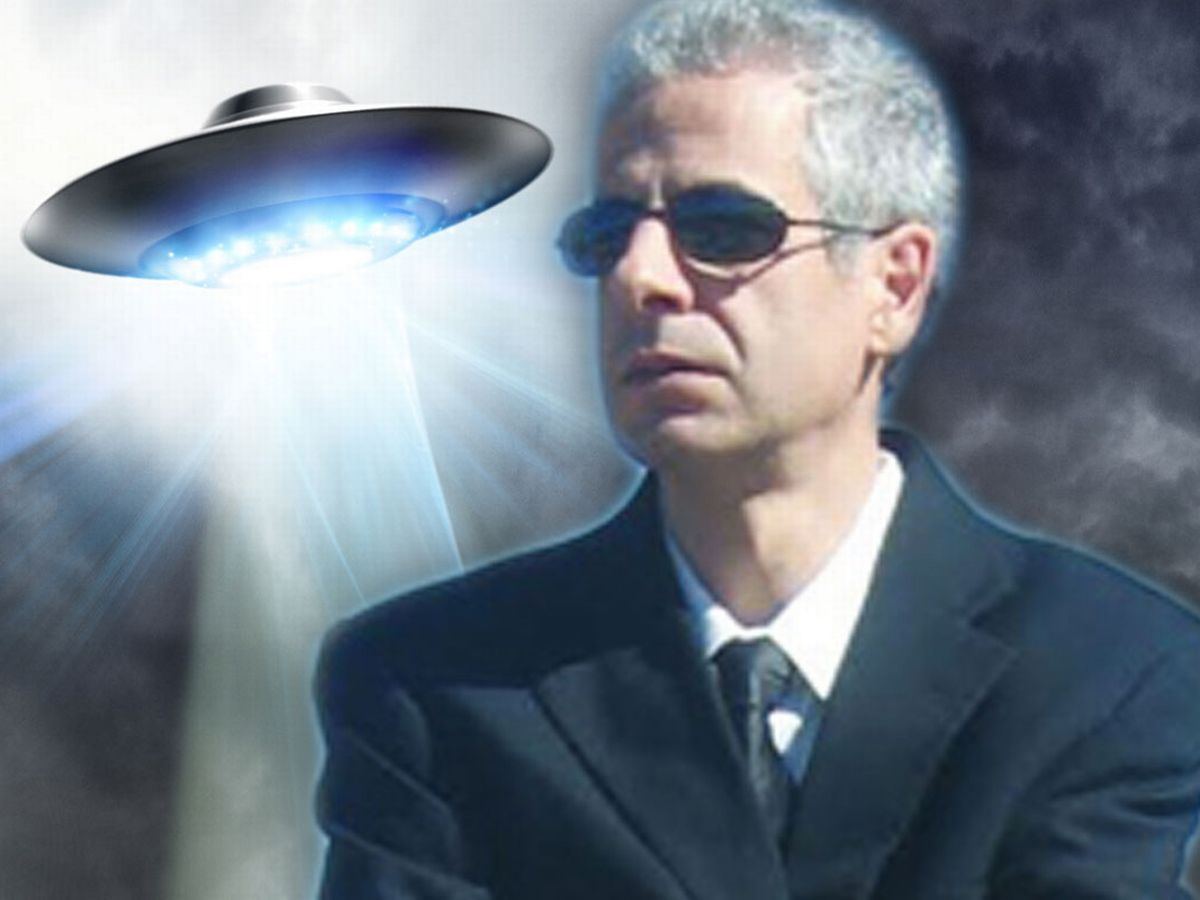



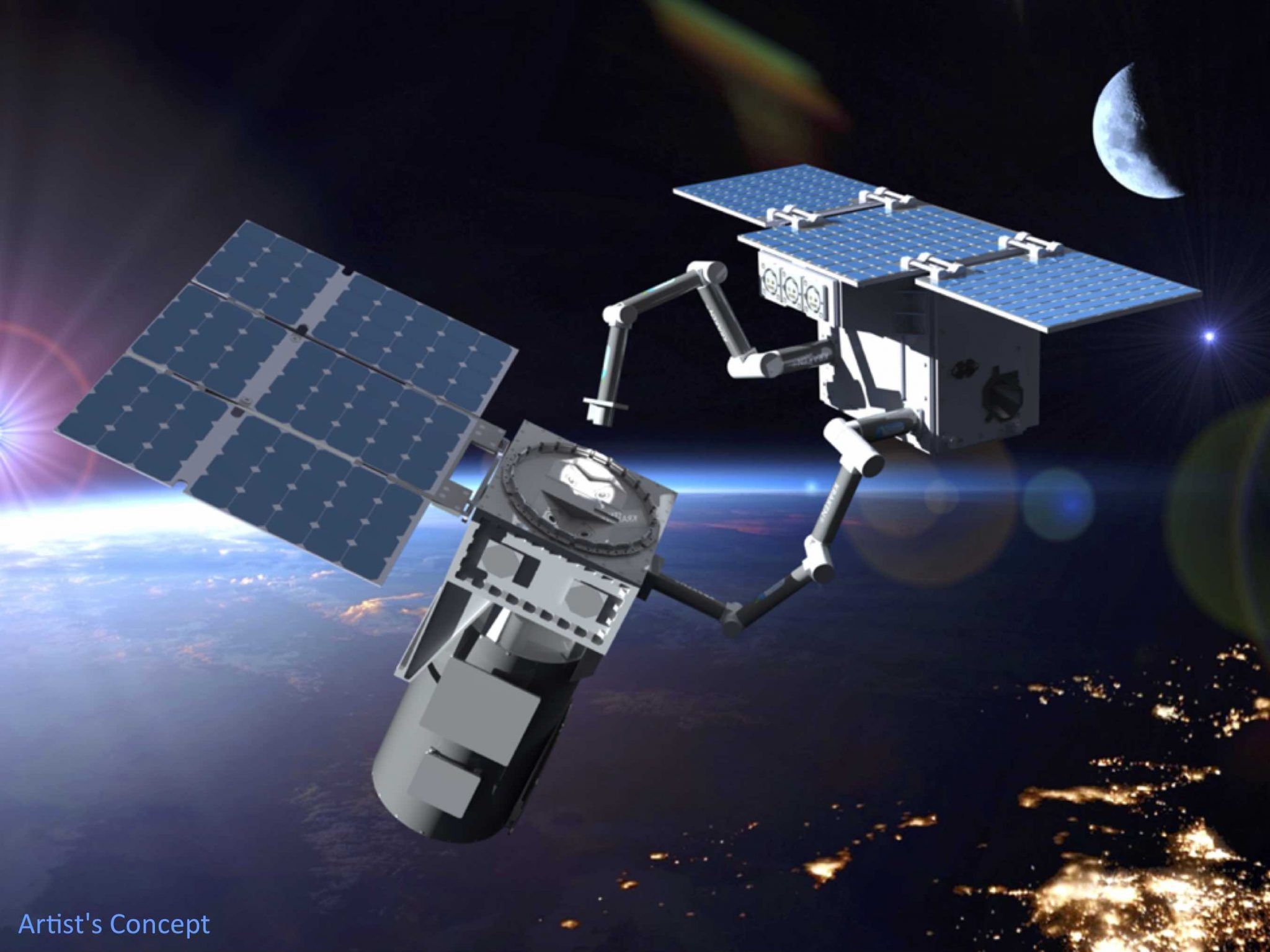

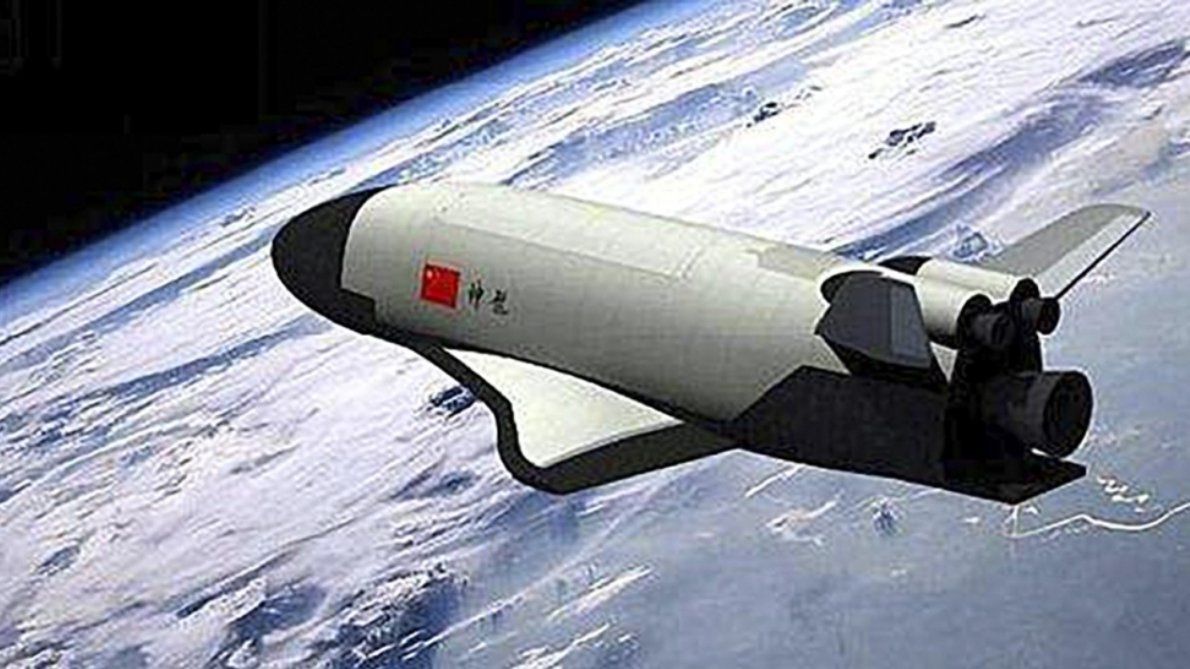

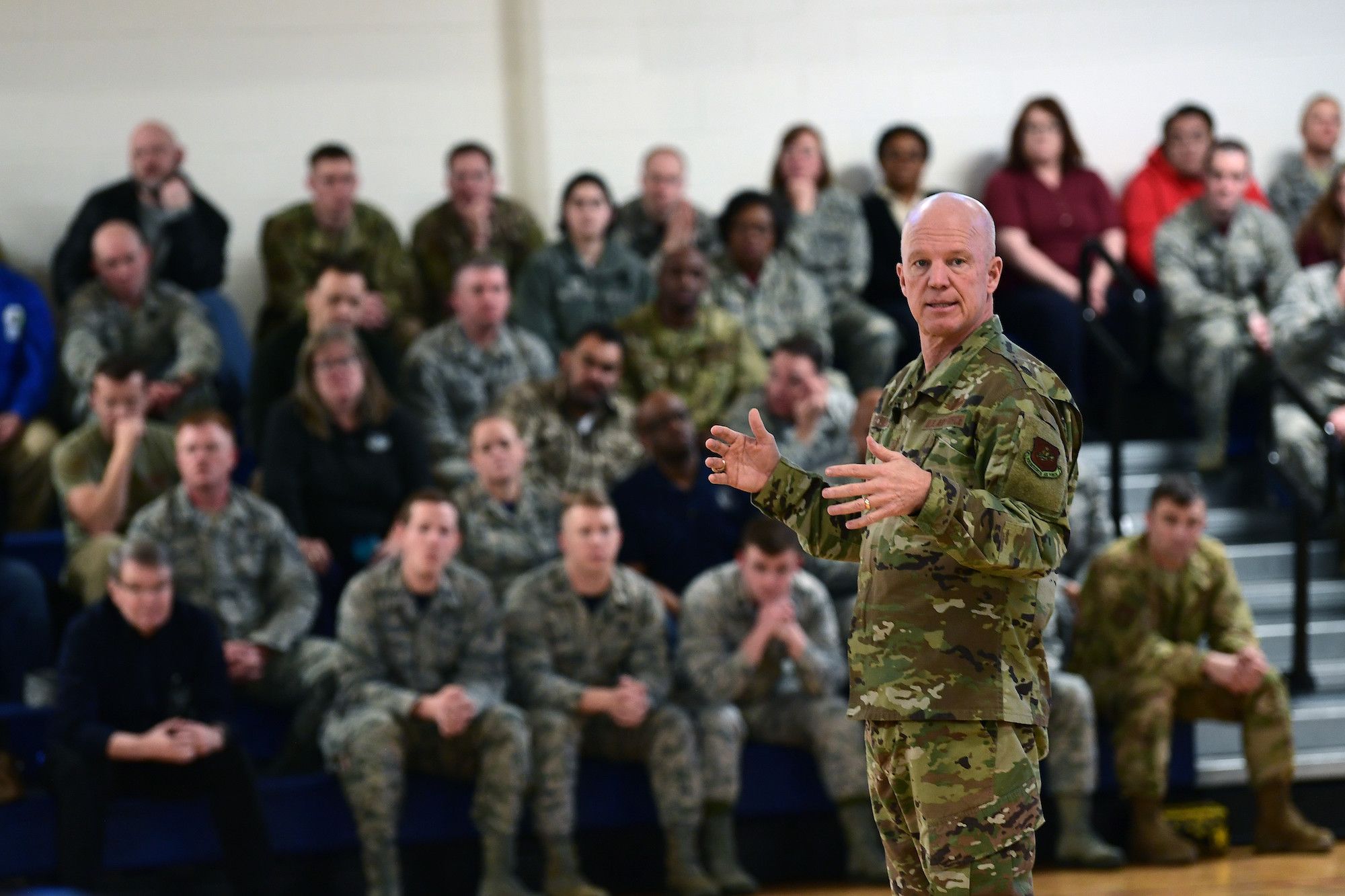

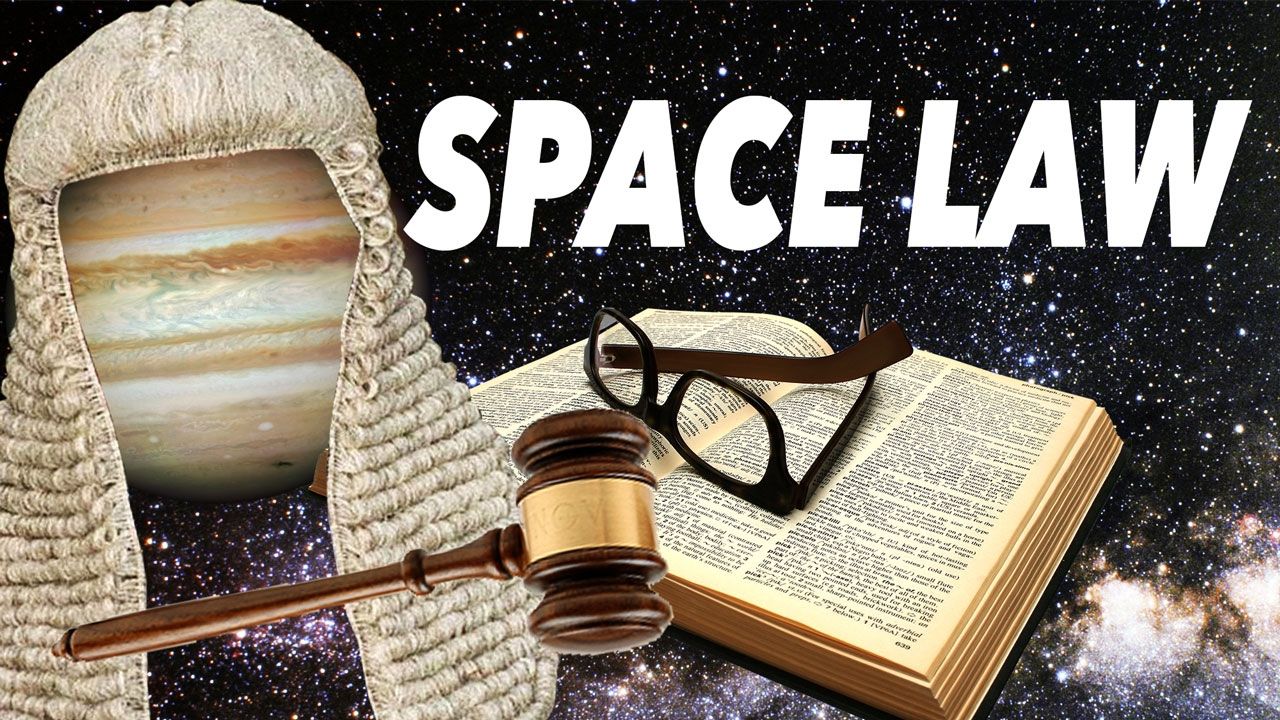
 The 2019 movie Ad Astra had a US military base on the moon and a memorable battle scene involving a moon rover, implying that by late this century the moon will be heavily militarised. A question now being discussed in space policy circles is whether fact will follow science fiction, as the US Space Force considers exactly what its role will be. It has some pretty ambitious ideas, and a recent report indicates that its thinking will be shaped by a deep astrostrategic perspective.
The 2019 movie Ad Astra had a US military base on the moon and a memorable battle scene involving a moon rover, implying that by late this century the moon will be heavily militarised. A question now being discussed in space policy circles is whether fact will follow science fiction, as the US Space Force considers exactly what its role will be. It has some pretty ambitious ideas, and a recent report indicates that its thinking will be shaped by a deep astrostrategic perspective. researching the idea of military bases on the lunar surface. The academy’s Institute for Applied Space Policy and Strategy has a ‘military on the moon’ research team that was set up ‘to evaluate the possibility and necessity of a sustained United States presence on the lunar surface’. The focus seems to be on a military base, though there’s little information on exactly what they’re planning.
researching the idea of military bases on the lunar surface. The academy’s Institute for Applied Space Policy and Strategy has a ‘military on the moon’ research team that was set up ‘to evaluate the possibility and necessity of a sustained United States presence on the lunar surface’. The focus seems to be on a military base, though there’s little information on exactly what they’re planning.
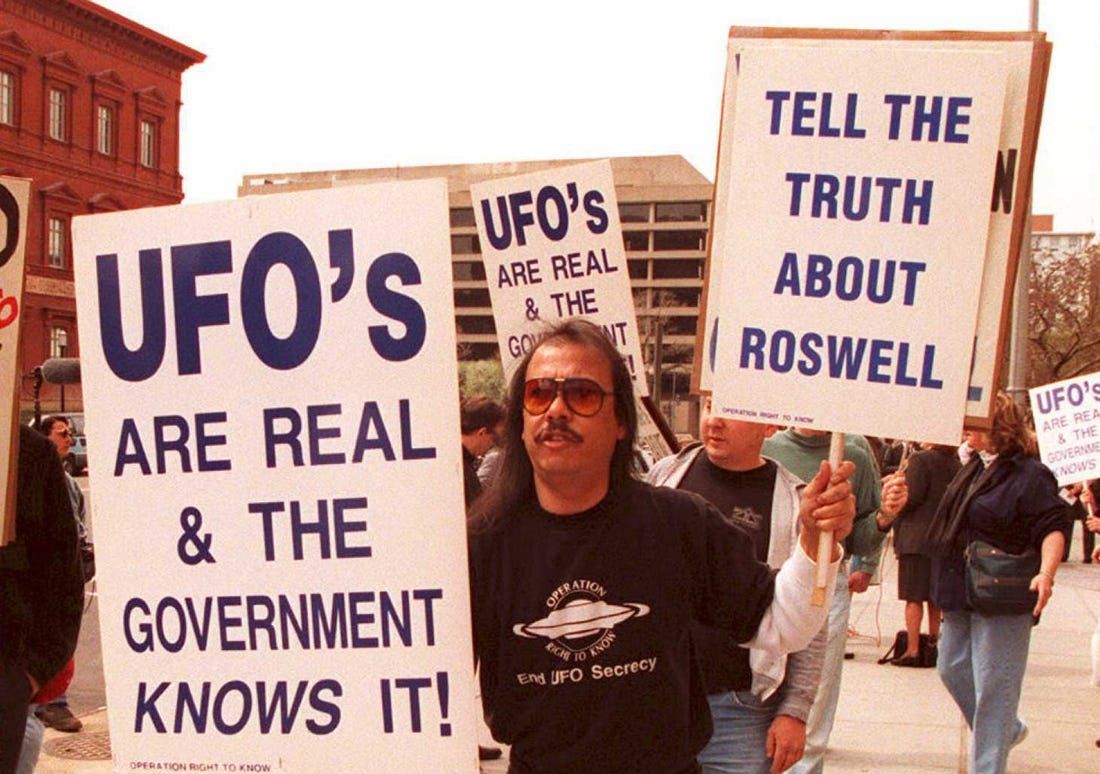






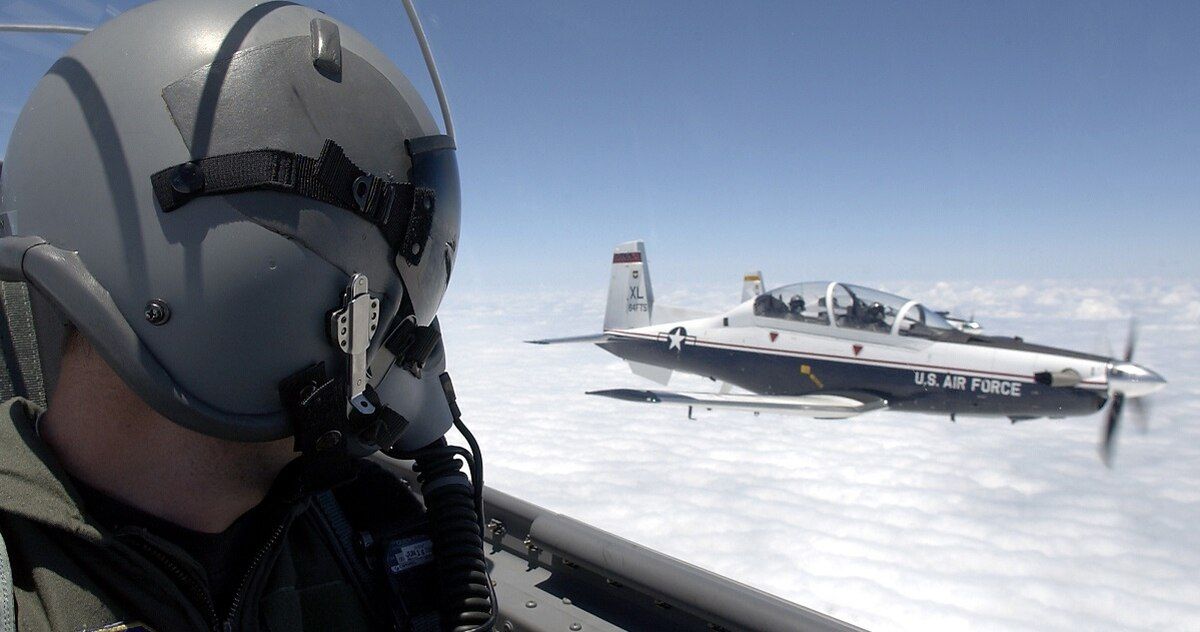
 Last year, reports emerged about Navy fighter pilots having numerous encounters with unidentified flying objects while flying in restricted airspace off the East Coast of the United States. Details remain limited, though The War Zone has been steadily collecting more and more information that could help explain many of those incidents. At the same time, curiously, there haven’t been virtually any revelations about similar encounters with other U.S. military services’ flying branches, especially the Air Force, which is the entity primarily responsible for safeguarding America’s airspace.
Last year, reports emerged about Navy fighter pilots having numerous encounters with unidentified flying objects while flying in restricted airspace off the East Coast of the United States. Details remain limited, though The War Zone has been steadily collecting more and more information that could help explain many of those incidents. At the same time, curiously, there haven’t been virtually any revelations about similar encounters with other U.S. military services’ flying branches, especially the Air Force, which is the entity primarily responsible for safeguarding America’s airspace.